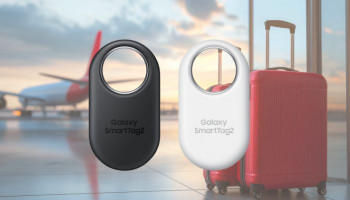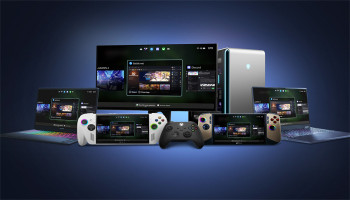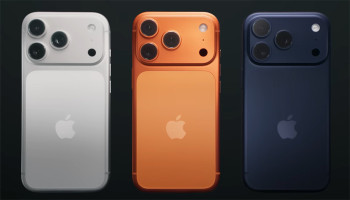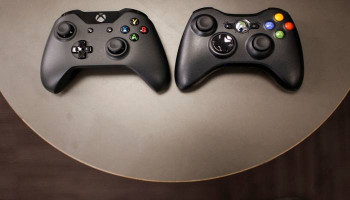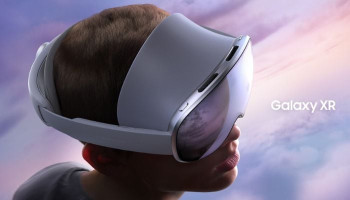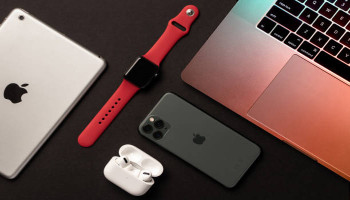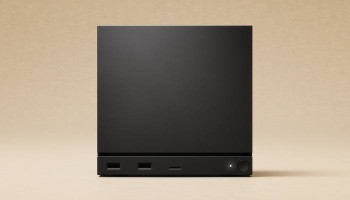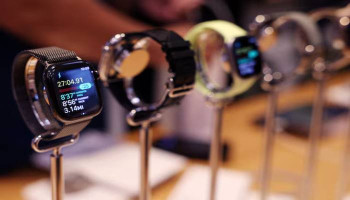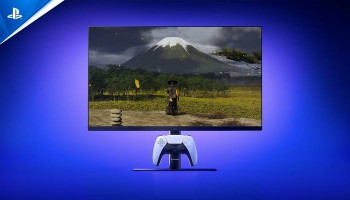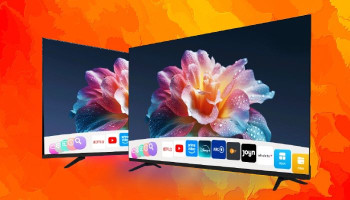
The much-anticipated Apple Vision Pro made its debut in the US market on February 2, triggering a wave of excitement among tech enthusiasts.
However, as the 14-day return window approaches, an alarming trend emerges — early adopters are increasingly opting to return the headset. Reports suggest a multitude of reasons, chiefly revolving around significant physical discomfort and productivity hurdles. This revelation casts a shadow over Apple's celebrated innovation, underscoring a disconnect between high expectations and practical usability.
Social media platforms buzz with dissatisfied Apple Vision Pro buyers sharing their intentions to return or already having returned the mixed reality headsets. Complaints range from headaches and motion sickness to eye irritation, stemming from the headset's weight and strap design. With a potential weight of up to 650g, coupled with an external battery pack weighing 353g, the physical burden is undeniable.
While discomfort with wearable devices is not uncommon, the magnitude of grievances surrounding the Apple Vision Pro raises eyebrows. Users lament the lack of ergonomic finesse, questioning the hefty price tag against compromised comfort and accessibility. Despite acknowledging past issues with VR headsets and wearable devices in general, consumers express disappointment at Apple's inability to address fundamental comfort concerns.
Moreover, concerns extend beyond physical discomfort to functionality and productivity. Priced exorbitantly, starting at $3,499, users expect seamless integration and enhanced productivity from the "spatial computer." Yet, feedback suggests frustration with its performance compared to traditional PCs or laptops. Users report dizziness when navigating Figma screens and difficulties multitasking, highlighting a stark contrast between promise and reality.
"I’ll keep it if the cost goes down to $1,500. $3,500 is way too much and I can get a Quest 3 that can do almost the same thing but cheaper build-wise, and it can play VR games," a user said.
"Apple should have waited for the current headsets to tweak some of the final problems with MR before trying to put a consumer touch on a system thats not ready," said another.
Furthermore, despite Apple's claims of extensive app support, users encounter limitations in app compatibility, hampering their workflow efficiency. This discrepancy between advertised capabilities and actual user experience compounds disillusionment among early adopters.
Despite the wave of discontent, there remains a glimmer of optimism among users, with some expressing willingness to explore future iterations of the Apple Vision Pro. However, scepticism looms large, as consumers tread cautiously in the wake of their initial disappointment.
Mark Zuckerberg's critique of the Apple Vision Pro further underscores the discord between industry giants. In a candid review, the Meta CEO unequivocally asserts the superiority of Meta's Quest 3 headset, adding fuel to the debate surrounding Apple's foray into augmented reality.
As the tech landscape evolves, the fate of the Apple Vision Pro hangs in the balance, with its success contingent upon addressing pressing user concerns and delivering on its promise of innovation and functionality.





